
- Home
- India
- World
- Premium
- THE FEDERAL SPECIAL
- Analysis
- States
- Perspective
- Videos
- Sports
- Education
- Entertainment
- Elections
- Features
- Health
- Business
- Series
- In memoriam: Sheikh Mujibur Rahman
- Bishnoi's Men
- NEET TANGLE
- Economy Series
- Earth Day
- Kashmir’s Frozen Turbulence
- India@75
- The legend of Ramjanmabhoomi
- Liberalisation@30
- How to tame a dragon
- Celebrating biodiversity
- Farm Matters
- 50 days of solitude
- Bringing Migrants Home
- Budget 2020
- Jharkhand Votes
- The Federal Investigates
- The Federal Impact
- Vanishing Sand
- Gandhi @ 150
- Andhra Today
- Field report
- Operation Gulmarg
- Pandemic @1 Mn in India
- The Federal Year-End
- The Zero Year
- Science
- Brand studio
- Newsletter
- Elections 2024
- Events
- Home
- IndiaIndia
- World
- Analysis
- StatesStates
- PerspectivePerspective
- VideosVideos
- Sports
- Education
- Entertainment
- ElectionsElections
- Features
- Health
- BusinessBusiness
- Premium
- Loading...
Premium - Events
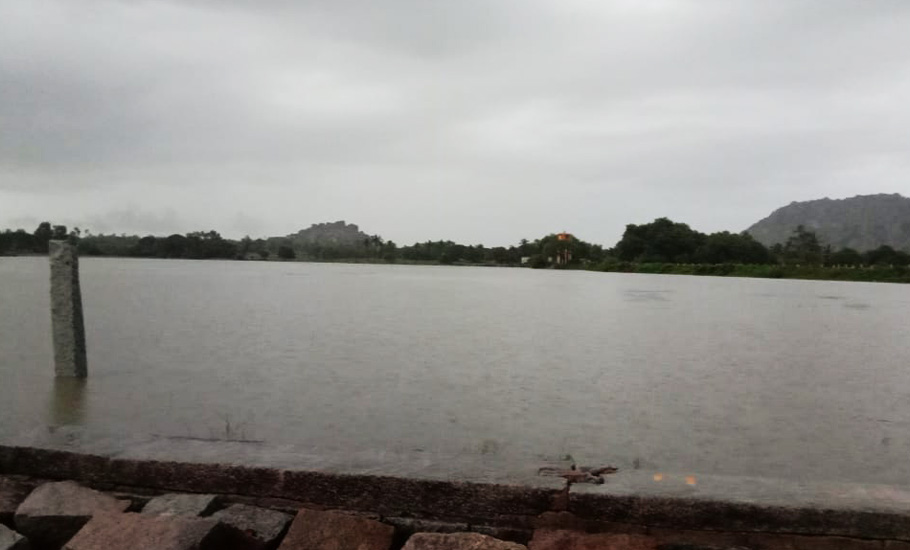
Why a centuries-old solution for Karnataka’s water woes is drowning in neglect

Just before monsoon was to hit Karnataka, in the scorching heat of the summer of 2021, villagers in Honnasetti Halli village of Mulbagal Taluk in Kolar district knew something had to be done to ensure that when the skies begin to pour, their village tank is prepared to store the water. With rainfall remaining scanty in the region and the tank being their only source of water for all needs,...
Just before monsoon was to hit Karnataka, in the scorching heat of the summer of 2021, villagers in Honnasetti Halli village of Mulbagal Taluk in Kolar district knew something had to be done to ensure that when the skies begin to pour, their village tank is prepared to store the water. With rainfall remaining scanty in the region and the tank being their only source of water for all needs, from irrigation to completing household chores, something had to be done — and done quickly. Years of silting had rendered the tank incapable of holding water. The sluice gate was damaged and the bunds needed immediate fixing.
Not doing anything would have meant losing out on the opportunity to store water for round-the-year requirements. So, the villagers came together and for over two months worked as a group to make the tank monsoon-ready.
“The whole village got together like one big family and put differences aside. The working population in the village worked as a team to desilt this tank. The whole day we worked on the tank. We planned together, worked together, ate together and only went to our houses when it was nightfall and time to sleep,” Subramani, a villager who worked on the revival of the tank, tells The Federal, adding that while the men worked at fixing the tank, the women cooked for everyone.
With all the hard work put together, Honnasetti Halli tank is now flowing with water.
“Areas like Mandya are irrigated by Cauvery water. But we don’t have any rivers to depend on here in Kolar district. So, we are totally dependent on village tanks for our needs. If the village tanks did not exist, there would be no sign of life here. If the tank is full, we get two good crops a year, besides having enough left over for cattle use and even drinking water purposes,” Markondappa, resident of the village and Honnasetti Halli Tank committee member, tells The Federal.
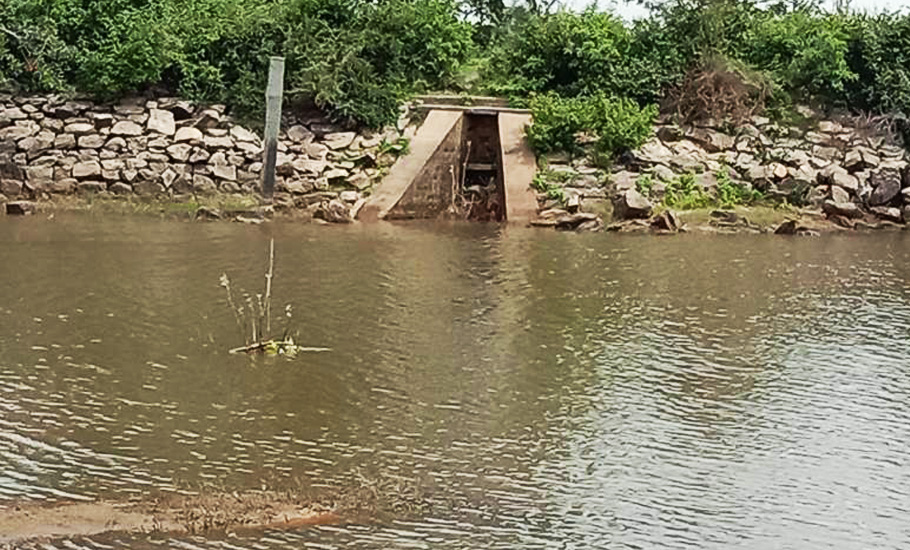
The tourist brochures for Karnataka paint the state as a green haven, focusing mainly on the verdant Western Ghats, but consider this: Karnataka is the second most arid state after Rajasthan in India. This is because most of the state, the largest in the south, lies in the dry agro zones of peninsular India, lacking perennial rivers, which classifies two thirds of the state as semi-arid. The ancients had a solution, but in the 21st century nobody has the time to listen to wisdom of the past centuries.
Misplaced priorities
Instead of focusing on policies to rejuvenate the tanks with the help of locals, the government is focused on launching big ticket projects that, experts say, would be of no help in the long run.
With elections in sight, the central government in Budget 2023-24 gave the green signal to the Upper Bhadra Lift Irrigation scheme that is currently being implemented in the central region of Karnataka with an aim to provide sustainable irrigation during the kharif season. The scheme also seeks to recharge groundwater tables and supply drinking water by filling 367 village tanks with six thousand million cubic feet (tmcft) of water in drought-prone taluks.
Another such project is the Yettinahole Integrated Drinking Water Supply Project. In order to address the issue of limited drinking water in drought-prone regions such as Chikkaballapur and Kolar districts, as well as other underserved areas like Hassan, Chitradurga, Tumkur, Ramanagar, and Bangalore Rural districts, the Karnataka government has granted permission to redirect 24.01 TMC of water from westward flowing rivers to meet drinking water requirements and refilling 527 MI tanks to 50 per cent capacity within the arid districts. On February 17, 2014, the government of Karnataka gave administrative approval for the revised comprehensive project report to come up at an estimated cost of Rs 12,912.36 crore.
Surprisingly, however, none of the political parties contesting the Assembly elections in Karnataka have focused on revival of village tanks, also known as lakes, in the state as a sustainable solution to the water needs in the second most arid state in the country.
Karnataka, like many states in southern, western and central India has only seasonal rivers, and the scope for well irrigation is limited due to geological constraints, such as granite and gneiss rocks. The state receives limited rainfall, making these waterbodies crucial for storing rainwater used for irrigation through centuries.
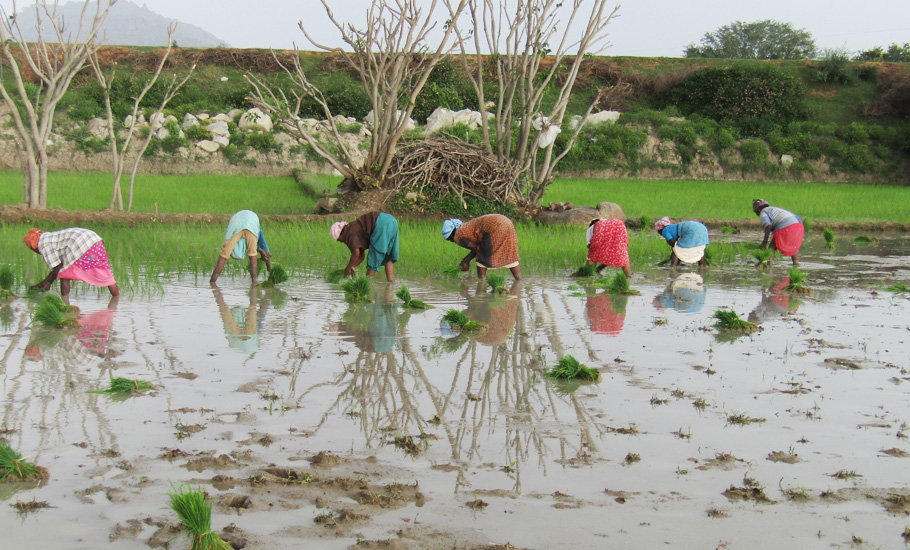
Tanks maintained efficiently with annual desilting, could enable two crops per year in Karnataka’s Eastern Agro Dry zone, where the semi-arid districts are located.
Cultural and ecological legacy
Inscriptions on stones found across Karnataka, reveal that the tank system in the state dates back over 1,200 years, with carvings detailing temples or individuals giving away land grants for construction and cultivation.
Most of the tanks in Karnataka were built over the last 800 to 900 years by kings, chieftains and philanthropic individuals, including courtesans, who were either lovers of rulers, or married to them, and who wanted to expiate their ‘sins’.
Some sacrificed themselves selflessly by jumping into the tanks when soothsayers told kings that the newly-built tank would dry up unless a female was sacrificed. There is a ‘Sule Kere’ (prostitute’s tank) near Nagamangala in Mandya district, as well as a more famous one, in Channagiri taluk of Davanagere district, and many more that have been lost in the fog of history.
The etymological history of the Channagiri tank is contested, and while the folklore talks about the courtesan married to a king, who spent her wealth on building the tank, said to be the second-largest in Asia, the genteel folks in the area, ashamed by the name of the tank, have renamed it as “Shanti Sagara”, claiming that it was built by a princess of the yore.
According to records, there are approximately 36,672 such tanks in Karnataka, with a combined potential command area of 6,85,000 hectares. The Minor Irrigation Department of the government of Karnataka manages minor irrigation tanks with a command area of 40 to 2,000 hectares. Karnataka’s Kolar, Chitradurga and Raichur districts are dotted with these tanks. Kolar alone, before Chikkaballapur district was carved out of it, had 4,400 tanks.
The tanks are marvels of engineering. They were created by building an earthen bund across a valley. The tank ecosystem includes a catchment area that directs water to the tank through feeder channels. Regular desilting is necessary to maintain the tank’s water holding capacity. The bund holds back water with an overflow weir and channel to divert excess water, potentially to a lower-level tank. A sluice gate provides controlled irrigation, and the command area has channels, known as ‘Raja Kaluves’, for equal water distribution to all fields.
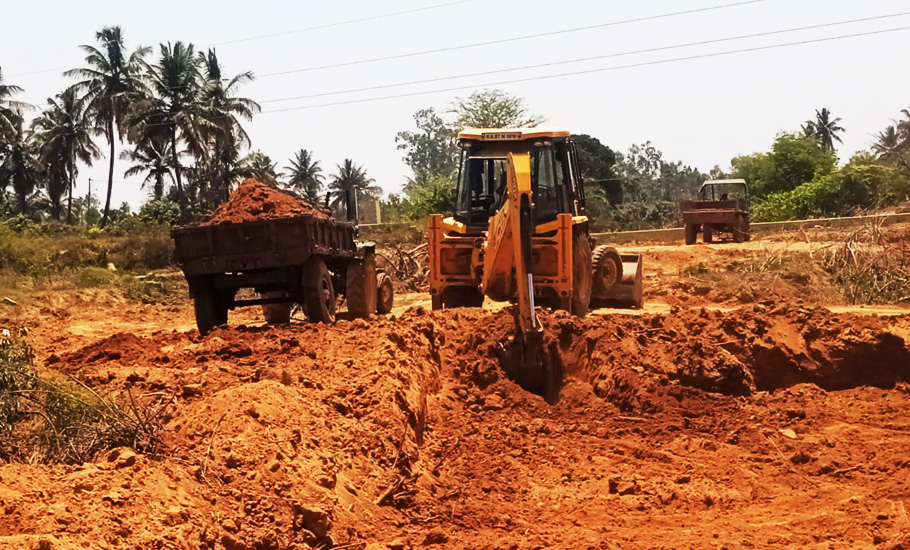
The man-made waterbodies are also ecologically beneficial, besides improving local economies. The large spread of water moderates weather, enables fishery, attracts birds whose droppings are rich in phosphate, and of course a full tank can recharge ground water in a large are beyond its circumference.
The real solution
Lack of community ownership and maintenance by responsible government institutions has led to the deterioration of the tanks. There have been some sporadic efforts to revive the system, although mainly through non-governmental organisations (NGO).
Grama Vikas, an NGO based in Honnasetti Halli village of Mulbagal Taluk, has been involved in the maintenance of village tanks for over three decades.
According to MVN Rao, executive director of Grama Vikas, it makes much more sense to desilt and maintain tanks, rather than depend on major irrigation projects for water needs.
“Projects such as Upper Bhadra Lift Irrigation are a colossal waste of money,” he tells The Federal. “Instead, the government should focus on desilting and maintaining tanks,” adding that it would cost a fraction of the budget spent on Upper Bhadra.
Rao insists that if tanks are properly desilted, Kolar district alone can store 3 tmc of water.
“The district requires 2 tmc and so will have an excess of 1tmc. This extra 1 tmc of water can be given to Tamil Nadu instead of quarrelling over Cauvery water.”
But this is not happening. Why?
According to Rao, the government needs to take up desilting of tanks on need-based requirements. “But the government instead focuses on budget-oriented projects. This is not correct.”
Various tanks have different issues afflicting them. “Some tanks may have a lot of siltation; some may have damaged sluice gates while others could have problems with their bunds or catchment areas. Some may have problems with their feeder channels. Hence government needs to identify what must be rectified in a particular tank rather than approaching the subject with a single dimension (i.e only desilting).”
“Doing this will ensure the farmers get two crops a year – Rabi and Kharif. This will also ensure there is enough of extra water for drinking, cattle etc.”
Vishwanath Srikantaiah, an urban planner and water activist, echoes Rao’s argument.
Srikantaiah has been instrumental in leading successful campaigns for water conservation at both the household and community levels in Bengaluru. Working closely with various communities, he has implemented initiatives that have seen significant community participation.
In addition, he has designed several rooftop water harvesting structures for both households and industries in the state of Karnataka, and is an active member of the Rainwater Club, which has been promoting awareness and knowledge of rainwater harvesting in Bengaluru since 1995.
According to him, projects like Upper Bhadra Lift Irrigation scheme should only be considered as a last resort. “This is not the right way to go about it. Major irrigation projects should be the last resort, when nothing else is working.”
Dr Vishwanath emphasises that community-based tank projects are most beneficial. “The village community should be involved in restoration of tanks.” he stresses.
“The village community should take ownership of the tanks. The motto should be local water for local use. Only in times of drought should a major irrigation project be considered to fill tanks.”
“Social justice can only be achieved if the village community is involved in the cleaning and maintenance of tanks,” he says, adding that they must be paid wages for it. As for fishing rights in the tank, he says women should be the primary stakeholders.
Rao too agrees with this assessment. “Women are vital to the community hence they must be actively involved in the restoration of tanks. Besides, only women must be allowed to catch fish in the tanks. This will ensure there is social justice while at the same time provide an extra source of income for them.”
The work done on the revival of the Honnasetti Halli Tank corroborates the argument that community participation can bring transformative change.
Markondappa and Subramani both vouch for the community model. Not involving people in management of tanks, which is now the remit of the Minor Irrigation Department, is self-defeating, they argue.
Markondappa goes a step further and accuses the government of not handling desilting of tanks properly.
“The government must involve the local village when it is desilting a tank. Just bringing a couple of JCBs and people employed under MNREGA to work on the tanks is not the solution. Locals must be made to understand that they must take ownership of the tank. Only then will the village community understand that the tank benefits them and that it is their job to ensure its maintenance,” he says.
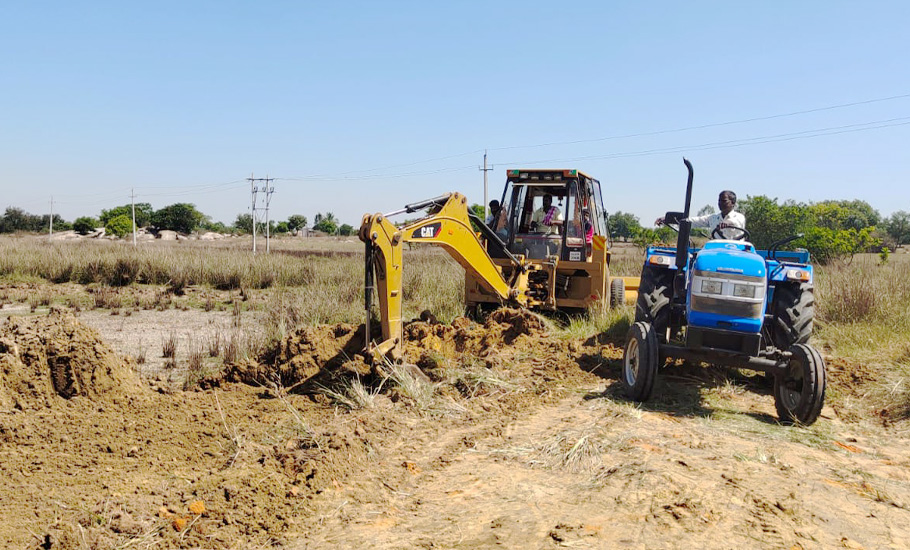
Rao says this model brings in accountability and more importantly – community responsibility. Such hyper-local projects can unite communities for a common purpose.
But the tank model, which has acted as the lifeline for centuries, is no exemplar for the government or the political parties. Neither the Janata Dal(Secular) manifesto released a couple of days ago, nor the Congress’s five promises talk about building people-centric sustainable drinking water and irrigation systems. The BJP manifesto, yet to be released, is unlikely to offer much hope either.
